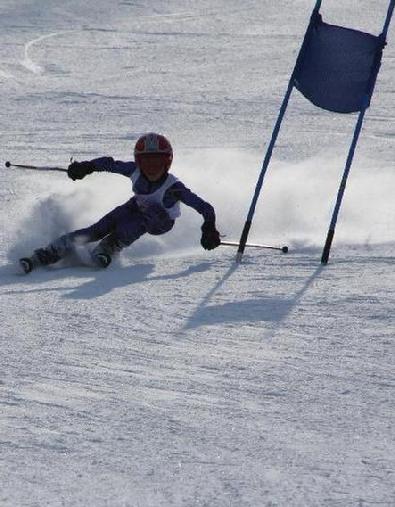
Individualized Physical Therapy
Our approach to physical therapy has been very much influenced by my teenage years back in England – playing competitive tennis. As a young athlete I had all the normal injuries from ankle sprains, back spasm, knee tendonitis – and of course much time was spent in the physiotherapist office – a small place with a couple of anatomy pictures on the wall, and a few pieces of low tech equipment. Treatment was always about 40 to 50 minutes – just the therapist, no front desk, no support staff, or aids – he would spend all the time with me – stretching, exercising, massage – traditional modalities such as use of ice, moist heat, electrical tens, ultrasound – and he continually corrected my alignment while we did the exercises together, – he would look at my home program, and correct my technique – sometimes treatment was painful, sometimes it felt good, but always treatment was engaging – the therapist was present.
And then there is my experience as a patient in a physical therapy clinic in the United States – where I continued my athletic, as well as academic endeavors – busy, rushed, fleeting, and cursory interaction with the physical therapist, and lots of aids and support staff – well certainly the office was very pristine and the equipment was modern. Finally when I graduated as a physical therapist in 1997 I was fortunate to work in a medium sized office that whilst they had a lot of staff – the therapists were given a reasonable treatment time, and lots of freedom to treat their patients.
My treatment is made up of a number of basic components – hands on therapy, exercise, alignment, and on setting and achieving realistic goals.
Goals – from the start I establish what it is you need to get back to, and how soon you need to be there. Based on experience one can assess how likely this is – there are so many factors that are involved in this -setting these goals focuses the treatment plan. Alignment – this covers a wide spectrum. My general belief is that we could avoid many of the injuries we have, and prevent future ones if we use our bodies more efficiently. It is a little bit more than just sitting up straight – but not much more. I try to give a tremendous amount of feedback to patients about their postural mechanics while at work, and how to efficiently hit a ball whether it be a tennis ball, soccer ball or baseball – or any ball. How to use gym equipment without getting an account at your surgeons office. I do this by having patients email pictures of their work stations, and video of a particular sport. We then look at it together – and I suggest alternatives – this tends to be a backward and forward interaction. Posture correction in the workplace is not just one fix – because there is so much variability in workstations, and everyone’s body responds differently to corrections – though as with all technique – efficient use of our muscles is critical – practicing technique makes perfect. Hands on Therapy – not to be confused with lots of massage. Manual therapy techniques are vital to the recovery of the patient – and they form a salient part of my treatment – quite often I don’t think you can get the patient better without them, but they are never instead of alignment or exercise, but instead facilitate us getting back to exercise sooner. Exercise – we incrementally and gradually increase intensity and duration – so that we are back at a pre-injury level of fitness. And yes the patient tends to be chomping at the bit to get back in the ring – In many of the exercises I participate doing them with you – whether it is throwing or kicking a ball, or balancing on a trampoline – I am there encouraging you helping move the healing and rehabilitation process along. These are the building blocks to my therapy approach -Steven Barteck PT